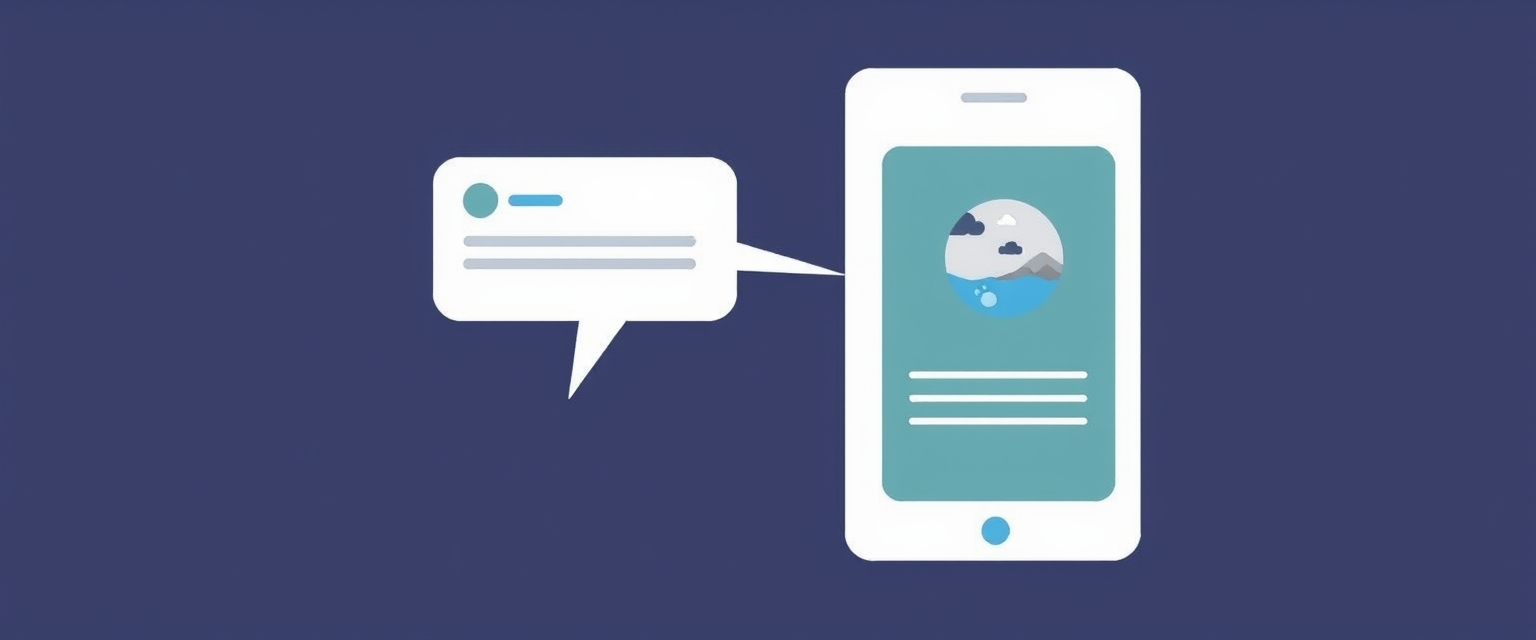How to Create Engaging and Effective Push Notifications
14.11.2024

Push notifications remain one of the most efficient ways to instantly grab a user’s attention and boost engagement. However, simply having a message on the screen doesn’t guarantee success. For push notifications to truly work and achieve their purpose, it’s important to approach their creation thoughtfully, considering several key factors. Here, we explore the essential steps and guidelines for creating compelling and effective notifications.
1. Understand Your Audience
Before sending any notification, you need to know who will receive it. What are the users’ interests? What problems or desires concern them? What type of content do they prefer? A deep understanding of your audience helps craft a message that feels personal and captures their attention.
Example: For an online store, it’s useful to consider customer preferences. If a client frequently buys clothes, a notification about discounts in this category will be more effective than a general advertisement for all products.
2. Short and Impactful Headlines
The headline is the first thing the user sees, and it’s crucial that it’s brief and clear. Headlines that convey the message quickly tend to attract more attention.
Tip: Aim for 25-30 characters. Use words that create interest or urgency, such as “New Collection,” “Limited Offer,” or “Today Only!”
Good Example: “20% Off Popular Styles Today Only!”
3. Personalization is Key
Notifications directed at a specific user increase engagement. If the platform allows, add the user’s name or consider their preferences, purchase history, or location.
Example: “Anna, we found the perfect gift for you! 15% off jewelry in your style.”
4. Clear and Thoughtful Call-to-Action (CTA)
The CTA is a critical part of the notification. It should be clear, motivate the user to take immediate action, and align with the notification’s content.
Examples of CTA: “Shop Now,” “Get the Discount,” “Learn More,” “Don’t Miss Out.” Avoid complex or abstract phrases, as they can make the message harder to understand.
5. Optimal Message Length
Avoid long, complex messages. The user should immediately understand the notification’s main idea, so the text should be concise and easy to read. The optimal length is about 50-70 characters, but the core of the message should still be clear, even if it’s truncated on mobile devices.
Example: “Today Only! Free Shipping on All Orders.”
6. Use of Emojis and Visual Elements
Emojis can add expressiveness to the message, especially if they fit the style and don’t overcrowd the text. However, overusing them can make the message feel like spam. Use emojis to highlight key points or evoke specific emotions.
Example: “💥Flash Sale for 24 Hours Only! Hurry! 💥”
7. Timing: Sending Notifications at the Right Moment
Send notifications when users are most likely to read and respond to them. It’s important to consider time zones and audience habits. For example, for a B2B audience, work hours are preferable, while for B2C, evenings or weekends are often more effective.
Example: If your notification relates to entertainment content, send it in the evening when users are more relaxed.
8. Segmentation for Targeted Push Notifications
Segmentation allows you to send relevant notifications to different user groups, boosting conversion rates. For instance, new users can receive welcome messages, while users who haven’t visited in a while can receive special offers.
Example: “We miss you! Come back and get 10% off your next order!”
9. Testing and Analyzing
A/B testing notifications helps you understand which format, text, and timing work best. Split your audience into groups and test different versions of a message. Track key metrics like open rates, click-through rates, and conversions to identify the most effective approaches.
Example: Test different CTAs to determine which one better motivates users to click.
10. Frequency of Notifications
Don’t overwhelm users with notifications. Frequency should be reasonable to avoid irritation and prevent users from unsubscribing. Aim for moderation and send only important and valuable messages.
Recommendation: Optimal push frequency varies depending on business type and audience, but generally, it’s best to avoid sending more than one notification per day.


